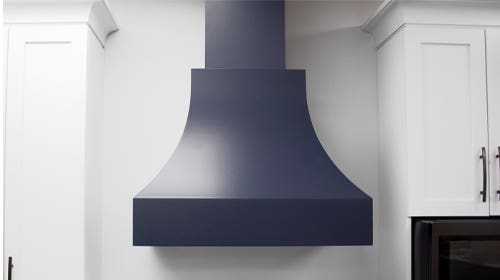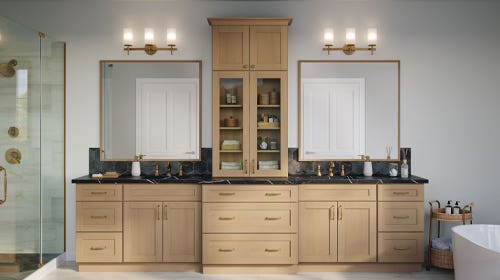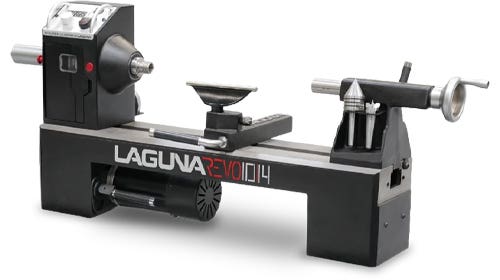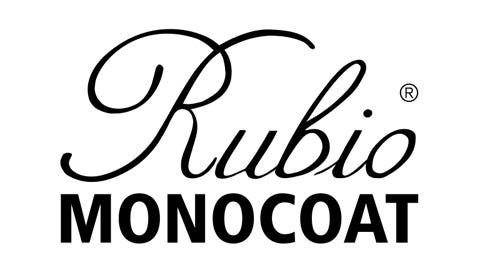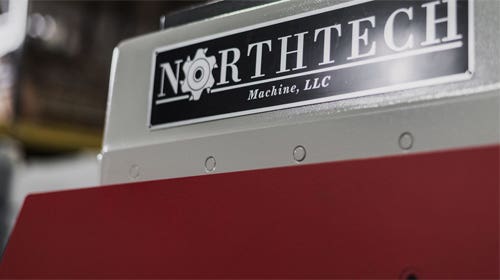Survey shows an increase in optimism
The Cabinet Makers Association released its 2013 CMA Benchmark Study report in February. The annual survey tracks business trends and best practices of woodworkers throughout the nation. Association executive director…
The Cabinet Makers Association released its 2013 CMA Benchmark Study report in February. The annual survey tracks business trends and best practices of woodworkers throughout the nation.
Association executive director Dave Grulke says 500 participants took part in the survey, which is higher than any previous year. About 12 percent of the respondents were CMA members and the rest were not associated with the group. Most were smaller to mid-size shop owners with 12 employees or less. He says the most significant part of the survey was optimism, which he attributes to improvements with the current state of the economy.
“The thing that was probably the most interesting was that three-quarters of participants say they’re looking forward to a much better 2013 than 2012. The report talks about why they’re more optimistic and, basically, it’s because they have more leads for bigger projects and better pipelines overall. They’re finding that, for the most part, whatever they continue to do, whatever niche they’re in, seems to be producing more and bigger projects for them to work on,” says Grulke.
He explains that one-quarter of participants who were less optimistic discussed tighter margins being their biggest concern and that those individuals tended to be in extremely competitive woodworking niches that have not yet proven to be profitable.
In terms of marketing practices, the survey illustrates through a statistical chart how successful shops get most of their business from clients and points to referrals from customers as their top source of business inquiries. Grulke points out that CMA-sponsored seminars held throughout the year and aimed at industry professionals often teach participants lessons in various marketing-related strategies.
“One of the things that we teach in our certification program is how to get beyond referrals from customers and use them as part of their business, but not to rely on them all of the time. We talk about how to use marketing in its many forms to generate initial lead flow.”
Other marketing strategies that have proven successful include traditional print advertising and exhibiting at trade shows, as well as newer approaches like sending prospective and existing clients newsletters and company announcements by email. Furthermore, companies with dedicated sales staffs were found to be more optimistic about leads and those with showrooms had a better likelihood of showing more income and more profits.
“Usually a person with a showroom means they’re probably going to have a part-time sales resource and are better equipped to show what they can do.”
The survey also indicates that outsourcing seems to be growing significantly, as very few respondents said they don’t outsource. This includes everything from finishing and installation, to doors and drawers, and other decorative components.
Another section of the survey that discussed the impact of CNC equipment proved significant in that just about everyone who’s invested in the technology is satisfied with their decision.
“Very few people reported having lower-than-average profits when they have CNC equipment. For those that have not invested, they talk about planning to purchase one within the next two to three years, while only a handful said they’d never do it.”
For information or to get a copy of the survey, contact: Cabinet Makers Association, P.O. Box 14276, Milwaukee, WI 53214. Tel: 414-377-1340. www.cabinetmakers.org
This article originally appeared in the April 2013 issue.


